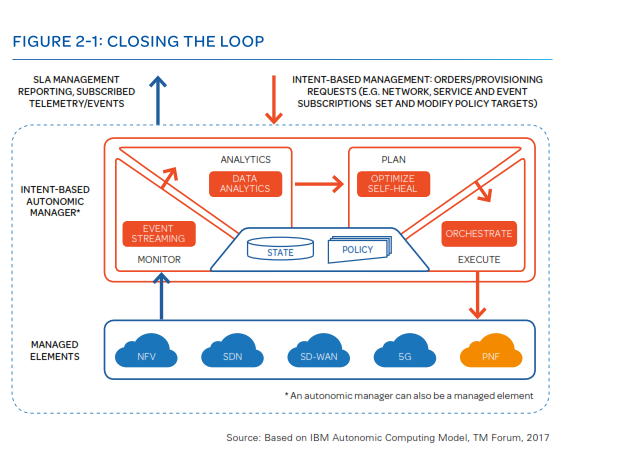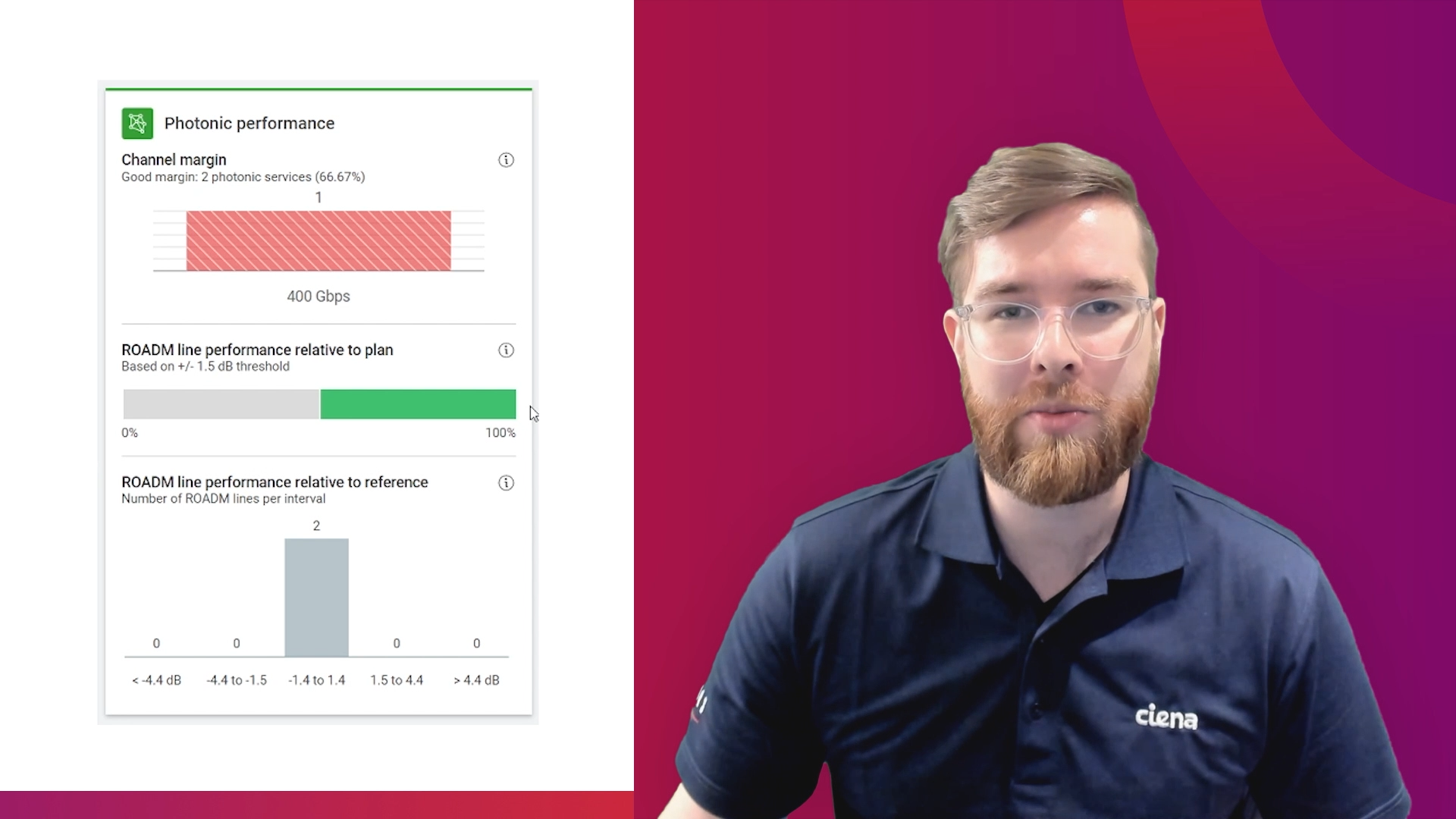Network, heal thyself – with analytics and AI
 Dawn Bushaus is an Editor at TM Forum. Dawn began her career in technology journalism in 1989 at Telephony magazine. In 1996, Dawn joined a team of journalists to start a McGraw-Hill publication called tele.com, and in 2000, she helped a team at Ziff-Davis launch The Net Economy, where she held senior writing and editing positions. Prior to joining TM Forum, she worked as a freelance analyst for Heavy Reading. This article was originally posted on TMForum.org.
Dawn Bushaus is an Editor at TM Forum. Dawn began her career in technology journalism in 1989 at Telephony magazine. In 1996, Dawn joined a team of journalists to start a McGraw-Hill publication called tele.com, and in 2000, she helped a team at Ziff-Davis launch The Net Economy, where she held senior writing and editing positions. Prior to joining TM Forum, she worked as a freelance analyst for Heavy Reading. This article was originally posted on TMForum.org.
Communications service providers are transforming their businesses and networks by adopting business process automation, network functions virtualization (NFV), software-defined networking (SDN), cloud-based applications and, in the case of mobile operators, 5G technology. Managing all this is the biggest challenge they face, and analytics and machine learning are critical for success.
Traditional network management solutions were developed for physical networks and assurance is reactive in this case. But now operators need to be able to manage hybrid networks made up of physical and virtual components, and assurance must be predictive.
As George Glass, Chief Architect, BT, notes in our new Quick Insights report Data analytics and AI: Key to end-to-end management: “What we’re moving toward is real-time decisioning, where information is gathered and processed in real time, even huge amounts of data. As activities happen in the network, those events can be mirrored into a data cache and processed in real time.”
What’s your intent?
In software-defined networks, management must happen at many levels – the physical network, logical (virtualized) resources, services running on top of this infrastructure and in the customer’s domain, whether this be a customer’s self-service portal, smartphone or an IoE. In addition, management must extend beyond an operator’s borders to include partners’ networks and services.
To accomplish this, operators are beginning to use intent-based management that relies on orchestration, data analytics, policy and machine learning to autonomically provision, configure and assure their networks and the services they deliver to customers.
Analytics are critical for their role in automating closed control loops, which help operators guarantee and optimize performance and reduce operating costs (see graphic below).
“OpEx opportunities result from the ability to self-heal without manual intervention,” says Kathy Meier-Hellstern, Assistant Vice President of Inventive Science, AT&T Labs. “The other big area for OpEx savings is the ability to automatically pinpoint the source of problems.”

The savings can be significant. Eugene Yeo, Group CIO, MyRepublic figures his company can save about 30 percent on OpEx by automating assurance using big data analytics.
Increasing revenue
The massive amount of data that operators collect about performance, traffic patterns and customers’ locations, preferences and history also can be used to sell additional services and create new ones, which leads to increased revenue.
“Fixed telcos have a lot of rich click-stream data, so on an aggregate level we can tell what customers’ preferences are and where their interest lie,” Yeo says. “We can predict their appetite for consuming things and start segmenting them in a deeper, richer manner than today.”
One Tier 1 operator we interviewed is using analytics to upsell customers on optical connectivity services they don’t already subscribe to. Although not a big data application per se, the company is using Ciena’s Blue Planet Analytics platform to identify customers who may benefit from low-latency optical connectivity.
Getting started with machine learning
What operators really want is to be able to predict problems. This requires machine learning, which is a form of artificial intelligence that includes development of applications that ‘learn’ based on flexible, evolving analytical models. Every operator we spoke with for this report said machine learning in network and service management is going to be critical, but it’s still very early days.
Operators are beginning to ‘train’ systems to look for patterns that indicate congestion or other problems are about to occur. The idea is to learn from previous patterns and take proactive steps to fix the service before customers are impacted, resulting in what amounts to a self-healing network.
To learn more about how operators are using analytics and artificial intelligence for network and service management, and how they’re addressing the challenges, including some special challenges expected with 5G, download the report today.






